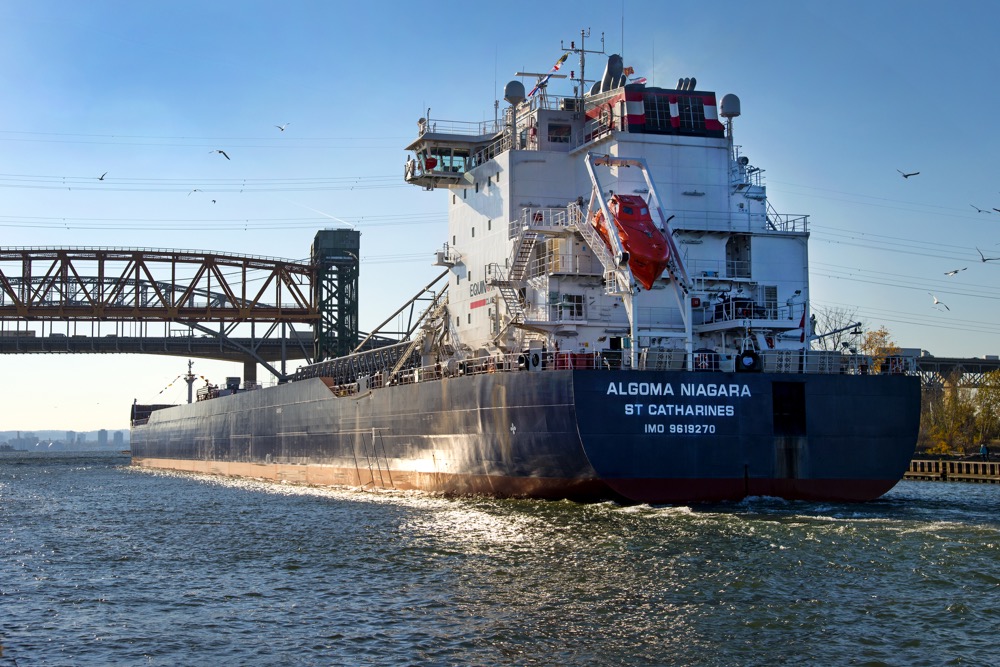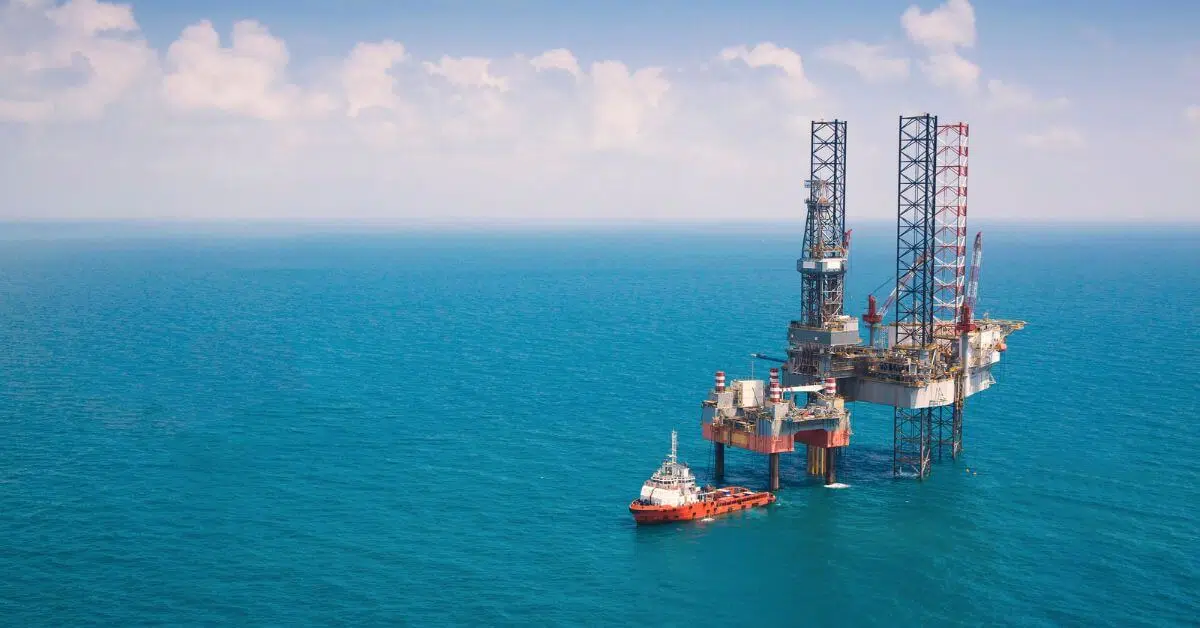Recently, Baleària, a Spanish ferry operator and the first shipowner in Europe to obtain International Sustainability and Carbon Certification (ISCC), announced that three of its ferries will fully use bio-liquefied natural gas (Bio-LNG) as fuel on the “Barcelona-Alcudia-Ciutadella route and the Malaga-Melilla route.” This move by Baleària marks that Bio-LNG has officially moved from a conceptual idea to practical application in the ferry shipping sector. Bio-LNG can provide traceable carbon footprints and achieve carbon balance during ferry operations, offering a new development direction for the shipping industry to achieve decarbonization and emission reduction. The Bio-LNG fuel purchased by Baleària from the gas grid company Enagás is expected to sustain zero-carbon emission operations for the three ferries until the end of this year, avoiding the emission of 80,300 tons of carbon dioxide, equivalent to reducing the emissions from 153,500 cars on the road annually or the emissions absorbed by planting 160,650 trees.
Bio-LNG, also known as liquefied biomethane, is a clean fuel produced by liquefying biomethane generated from the fermentation of organic matter such as agricultural waste, food waste, biological manure, and sludge. Bio-LNG has the characteristics of low sulfur content and few impurities. Because its raw materials come from the biomass carbon cycle, the production process captures methane that would otherwise be released into the atmosphere, thus reducing greenhouse gas emissions by up to 85% over its entire lifecycle, offering superior environmental performance. Furthermore, Bio-LNG combines emission reduction potential with a “drop-in” advantage. It can help existing LNG fleets reduce greenhouse gas emissions and enable a direct switch from conventional LNG to Bio-LNG without equipment modification. Compared to green methanol or green ammonia, which are currently major focuses in the shipping industry, Bio-LNG has a significant advantage in terms of equipment investment costs.
In recent years, several companies in the global shipping industry have highly focused on and deployed Bio-LNG applications. In June 2024, Royal Caribbean’s Oasis-class “Utopia of the Seas” used Bio-LNG fuel for the first time, sailing from Saint-Nazaire, France, to Port Canaveral, USA. Also in June of this year, Nippon Yusen Kaisha (NYK Line) began the continuous use of Bio-LNG fuel on its LNG-powered car carriers. In September, the German shipping giant Hapag-Lloyd entered into a multi-year Bio-LNG supply agreement with Shell Western LNG B.V., a subsidiary of the energy giant Shell. Recently, the Korean Renault Group planned to use high-efficiency Bio-LNG as fuel on its dual-fuel and multi-fuel LNG car carriers operating on Northern European routes to reduce greenhouse gas emissions.
Currently, Bio-LNG is gradually moving from the proof-of-concept stage to commercial scale, gaining support from various market players. Although the current price of Bio-LNG is still 30% to 50% higher than that of traditional LNG, with increased production capacity, optimized supply chains, and gradually increasing market acceptance, Bio-LNG has huge potential market prospects.




